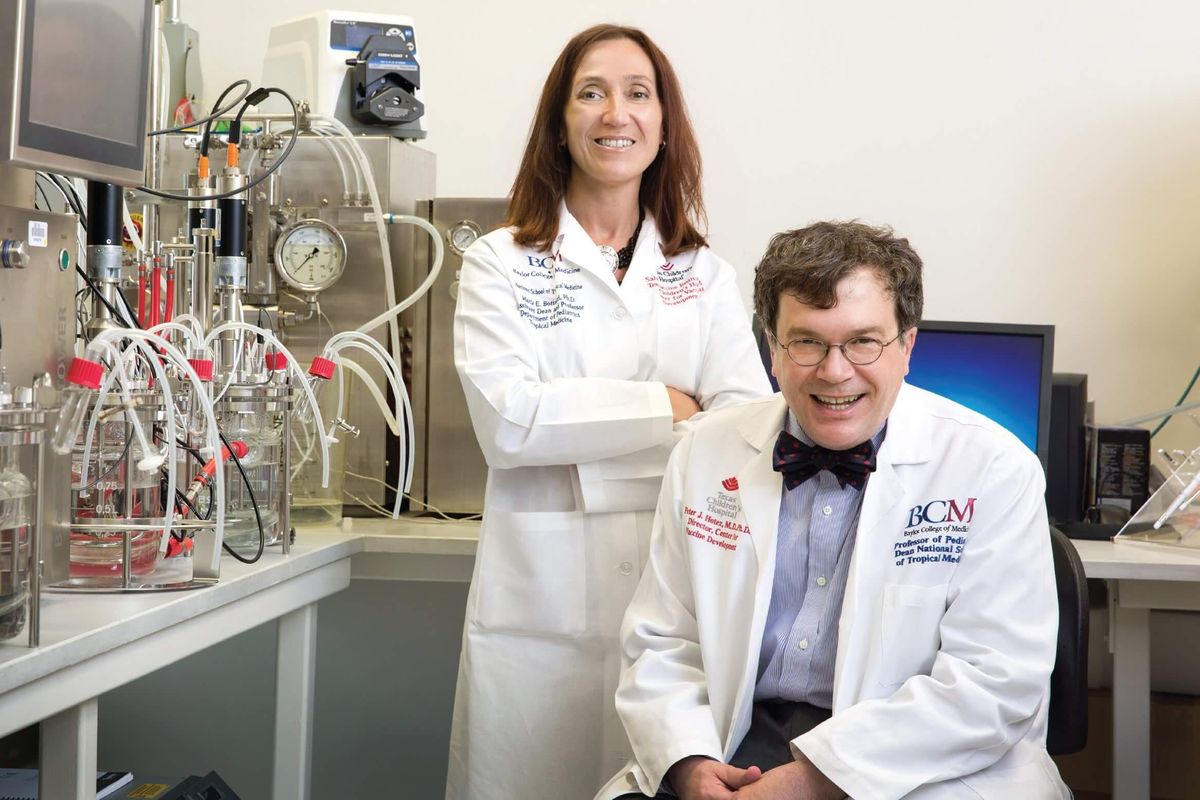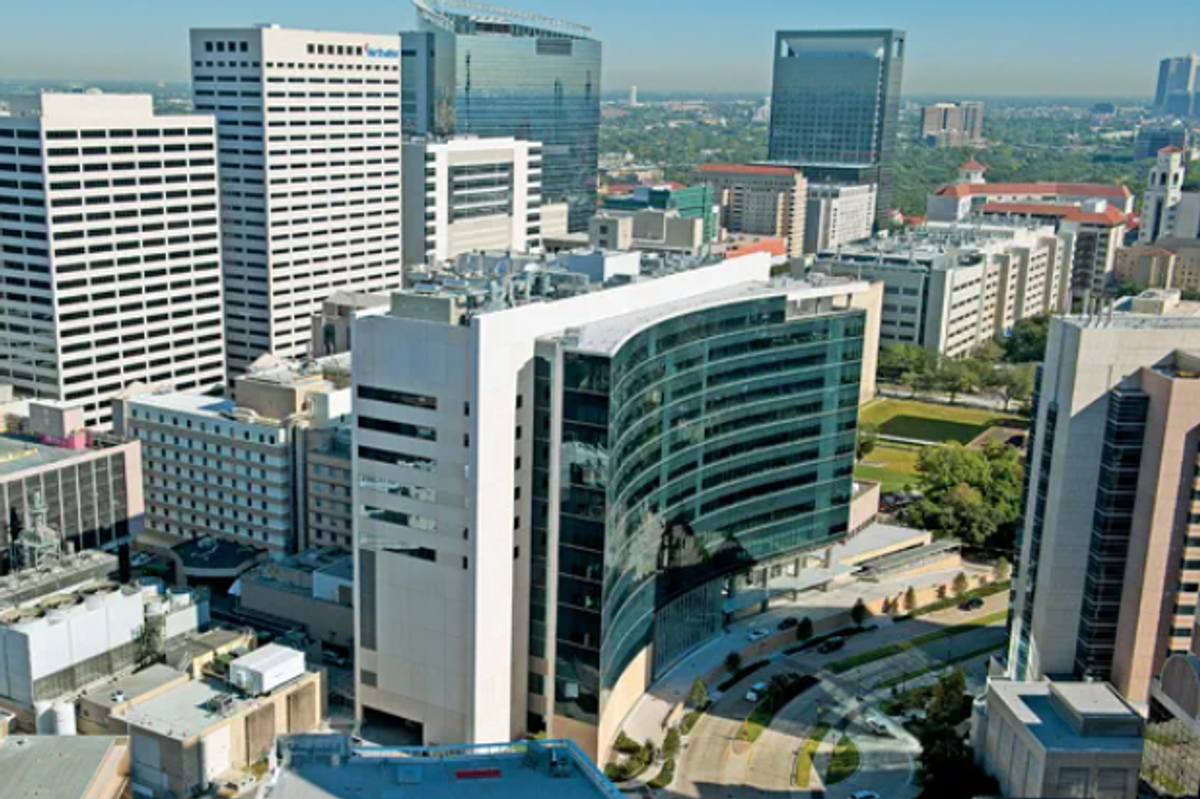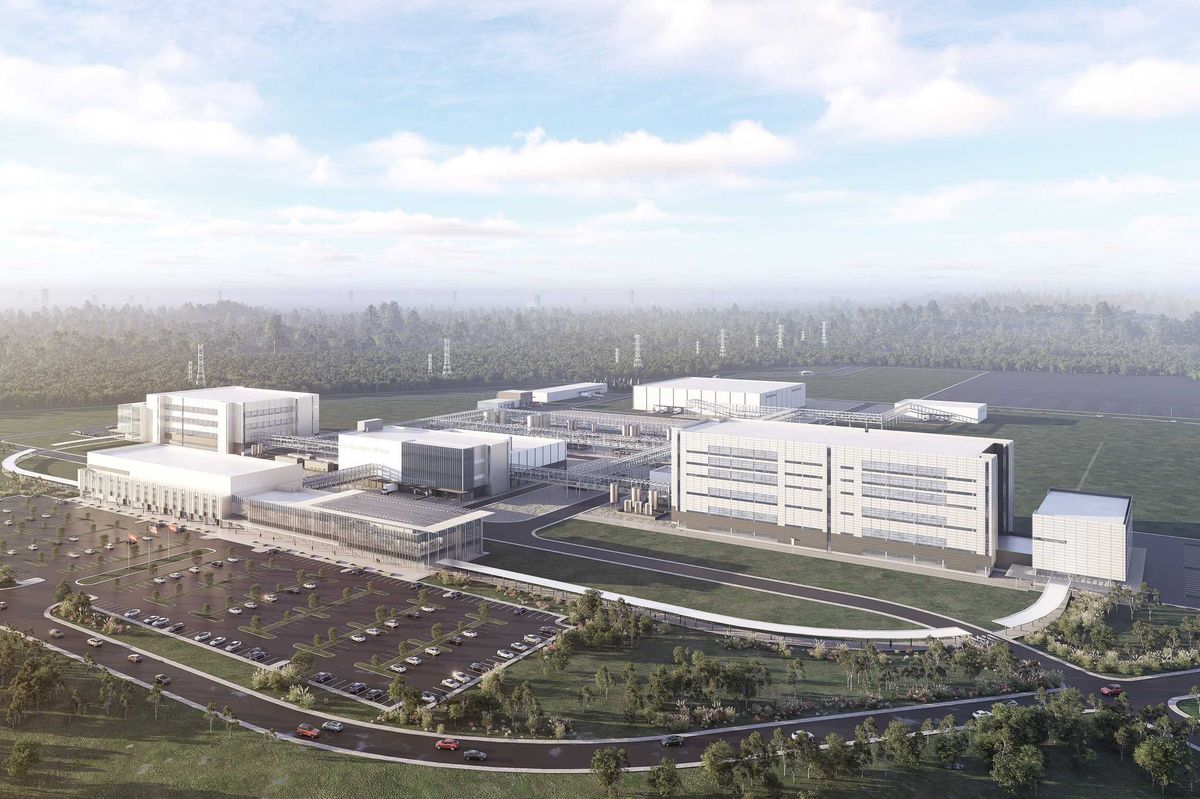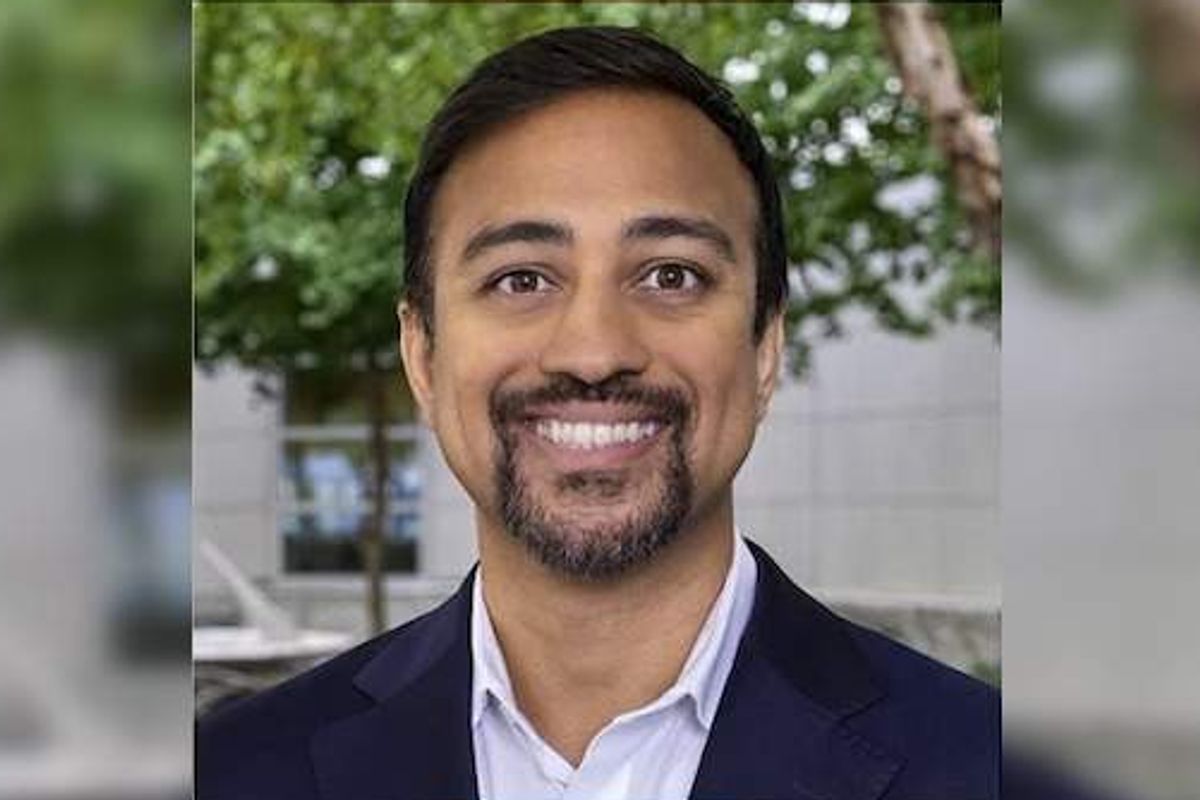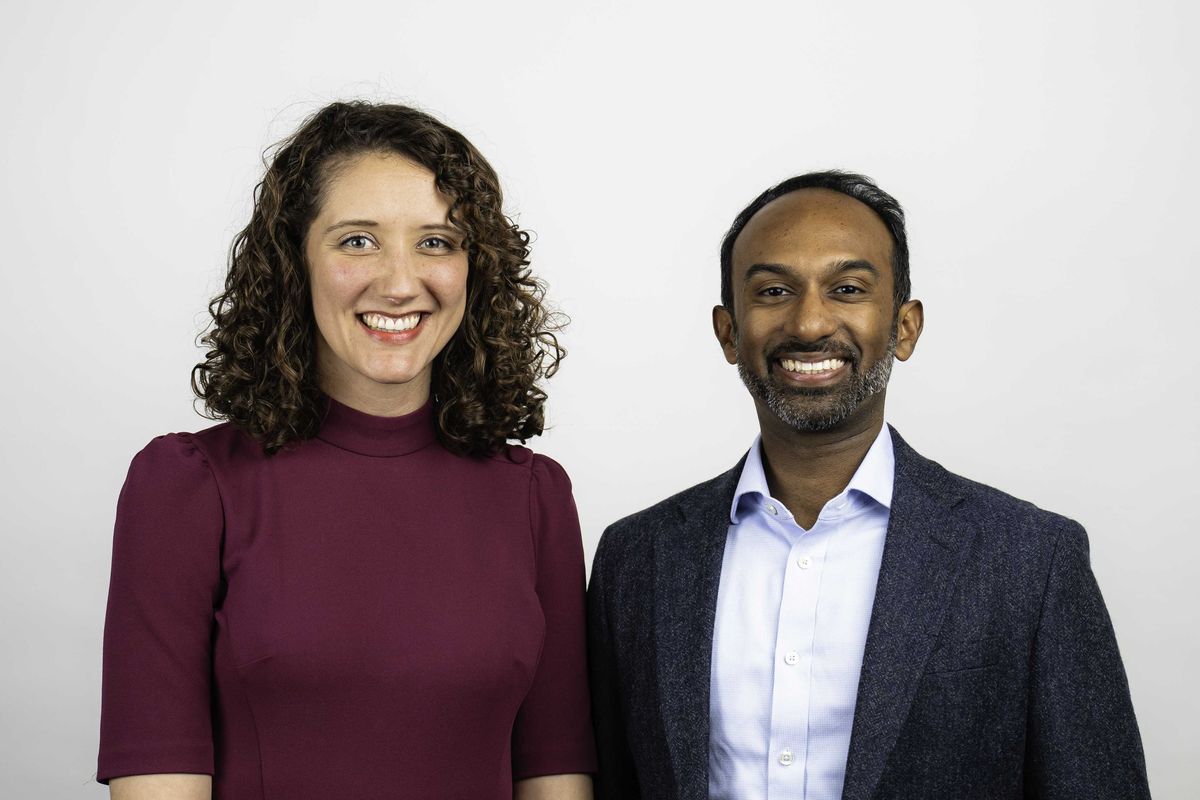Houston student launches data science nonprofit to support the health care industry
analytics for good
For Alex Han, it all started with peanut butter.
Han was a high school student in Korea when he learned that the spread is a pure odorant that could be used to test smell in each hemisphere of the brain—issues on the left side was thought to be a predictor for Alzheimer’s disease. He later learned that the method wasn’t as airtight as previously thought, but Han was hooked. Alzheimer’s research became the teenager’s passion. While still in high school, Han began volunteering for Alzheimer’s Los Angeles, translating their brochures into Korean.
When it came time to choose a college, Han says Rice University appealed to him for many reasons.
“I loved the atmosphere. I loved the campus—it’s so beautiful. The diverse food, the people, I even liked the highway,” he says of Houston. “In Korea, everything is so close and compact. I loved the whole scenario of the city.”
A scholarship was also part of the appeal, as well as the pull of the world’s largest medical center. Han’s instincts were correct. Now, a junior at Rice, he has been working at renowned geneticist Huda Zoghbi’s Baylor College of Medicine lab for almost two years.
But dividing his obligations between full-time studies and his wet lab position wasn’t enough to keep Han’s active mind occupied. Last May, the statistics and biochemistry student began another endeavor that uses both his specialties. It was then that he founded Biokind Analytics. The nonprofit was designed to explore how data science can support health care nonprofits.
Han reached out to Alzheimer’s Los Angeles to offer his data analysis services on a volunteer basis and was shocked that the association had never considered it before.
“I was really surprised—even small stores and restaurants use statistics to boost their profits. [Alzheimer’s Los Angeles] receive a couple million dollars every year in donations. They have data stores but hadn’t really capitalized yet in the area of analytics.”
Han, along with a small team of Rice students, including vice president Zac Andrews and development director Masha Zaitsev, made Alzheimer’s Los Angeles a pet project, analyzing geospatial trends in its donorship and interpreting the past year’s donation trends. “We wanted to see if the demand was the same in Houston. We found that this pattern was consistent. A lot of nonprofits are willing to have us analyze the data sets they’ve already been tracking and provide data analysis for healthcare nonprofits.”
Less than a year after Han established Biokind Analytics, the 501(c)(3) already has seven chapters on college campuses around the country. From UC Davis and San Diego in the West to Brown University and the University of Virginia on the East Coast, the data science students have helped a diverse range of medical nonprofits, mostly based in the Houston area. They run the gamut from ALS Association of Texas to Nora’s Home, which serves organ failure and transplant patients.
Biokind Analytics has now completed seven projects and analyzed $100 million in funds. Each student group includes four to six members, mostly majors in the worlds of statistics, data science, and biochemistry, all working with the help of faculty advisors. At a total of about 35 students nationwide, Han says that he’s dedicated to growing at a steady pace to avoid potentially expanding too fast, too soon.
Another question for the future is what will happen to Biokind Analytics when Han completes his undergraduate studies in 2024. He plans to continue his medical studies with the goal of one day becoming a physician specializing in Alzheimer’s who uses data analytics to aid in patient care. But no matter how active Han continues to be in the nonprofit he started, his stated attachment to the cause and a growing group of both student leaders and healthcare associations eager for their services are sure to keep Biokind Analytics active long after graduation.

